Why Denali Made the Top of My National Parks List
No amount of day hikes or manmade hiking trails can compare to the vast wilderness and profound solitude of the Denali backcountry.

After two years of planning, I found myself and two friends stepping off a bus and facing a vast wilderness — towering snowcapped mountains, scattered spruce forests and raging streams — of Denali National Park and Preserve. Although we visited several parks during a road trip across America, Denali was the big pull, the main attraction, the final frontier. Several outstanding features originally drew me to this park, and they proved strong reasons for anyone searching for an unforgettable national park experience.

Clint Shannon
Trail-less Backcountry Hiking and Camping
Standing on the roadside, watching the bus drive away, we immediately grasped the unique nature of our situation. Dense shrubs, wispy trees and mossy permafrost stretched for miles in all directions with no sign of trails or human presence beyond the road behind us. As I ambled through dense undergrowth shouting, "HEY, BEAR!" and ignoring the small twinge of fear thumping faintly in my chest underneath a larger pulse of pure exhilaration, I thought, "This is everything I wanted and more." No amount of day hikes or manmade hiking trails can compare in wonder to the vast wilderness and profound solitude of the Denali backcountry.

Clint Shannon
Trail-less backpacking can sound intimidating at first, but the park's Backcountry Guide can prepare even novice backpackers, like me, for a successful adventure. Park policy has suppressed trail development to keep the land wild and as free from human impact as possible. Denali is divided into 87 backcountry units, many of which have camper limits to further reduce impact. Any prospective backpacker must check in at the backcountry station to receive a permit; the park advises backpackers to arrive with itineraries planned for several units in case one is closed — often in cases bear activity or elk calving — or full.

Clint Shannon
Our itinerary consisted mainly of hiking and camping along a stretch of Teklanika River for three days and two nights. Twenty hours of summer daylight provided ample time for exploration and relaxation by the glacial stream. (When planning your Denali adventure, please remember that the park is prime bear country, containing grizzlies and black bears. I highly recommend Stephen Herrero's book, Bear Attacks: Their Causes and Avoidance, for your preparation. Read the whole book.)
Comfort-seeking visitors have the option of staying at the Denali Backcountry Lodge in Kantishna at mile 92 of the park road, a lodge near the park entrance or in one of the several relatively developed campgrounds along the park road. Day-hiking the remote, pristine terrain is allowed anywhere in the park without special permits.
The Scenic Bus Ride Along the Denali Park Road
Let's rewind a bit now. After receiving our backcountry permit, my friends and I caught the last bus of the day into the park interior. Denali's bus system and park road are a must (literally) for anyone visiting the park because personal vehicles are mostly prohibited past the first 15 miles during the summer. Denali offers guided tour buses on which a single group can ride into and out of the backcountry, but "non-narrated" buses — essentially not-so-glorified school buses — serve visitors planning on leaving the bus behind to backpack, day hike or stay at a developed campground. "Non-narrated" is misnomer, though, as our bus driver spewed a riveting history of the park, gave a pun-tastic commentary of passing landforms and actively joined the search for wildlife during our multi-hour ride.

Clint Shannon
This extensive opportunity for spotting diverse wildlife is a hallmark of Denali. Visitors should look for the mountain as early as mile nine, and keep an eye out for wildlife the whole ride. We saw a grizzly bear, moose, caribou and Dall sheep (a vital animal in the park's creation). The grizzly, a large male bear according to our driver, gave a show by clambering up to the road and rambling along in front of the bus for several minutes before disappearing into thick brush. On the return trip, our bus driver even spotted an elusive wolf — a rare sight in the park, where less than 50 wolves roamed in 2016.
Buses begin running to Toklat Visitor Center May 20, Eielson Visitor Center June 1 and Kantishna (the entire road) June 8.
The Highest Peak in North America
Topping out at 20,310 feet, Denali's peak is the tallest on the continent. It's estimated that 16,000 mountaineers have summited Denali, but most us will be content, even enthralled, just to see the snow-capped pinnacle of Denali, which is usually translated as "The Great One" from the native language.

Clint Shannon
On a clear day, Denali's peak rises out of the horizon as early as mile nine along the park road. From closer units, the mountain dominates the landscape horizontally and vertically. When researching our trip, the sheer majesty of the mountain encapsulated in photos was enough to spark instant daydreams; when I snapped to, my screen displayed flight prices to Alaska. Sadly, overcast skies blocked our view from the park road and from the Eielson Visitor Center at mile 66, but I will try again. Optimal viewing season for the peak is winter and spring, but there is still a 33-percent chance at clear skies in the summer and a 40-percent chance of partial visibility. At this time, closer units are opened and hikers can visit the meadows and lakes beneath the mountain.


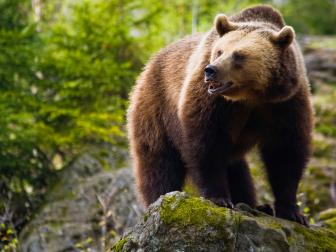
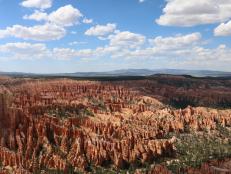
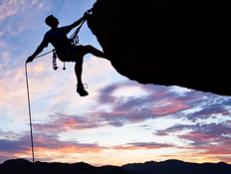
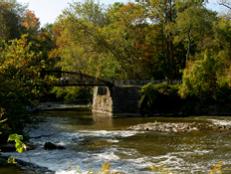
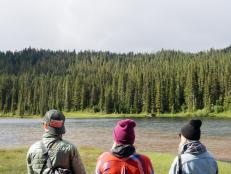
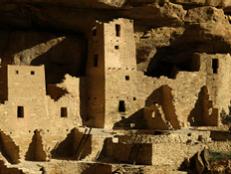

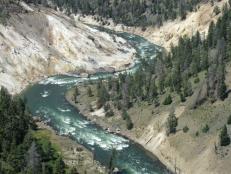
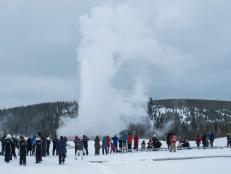
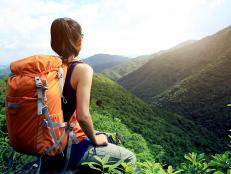
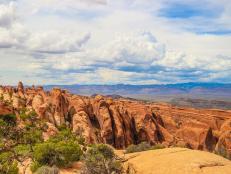

















.jpg.rend.hgtvcom.231.174.suffix/1674758726773.jpeg)










